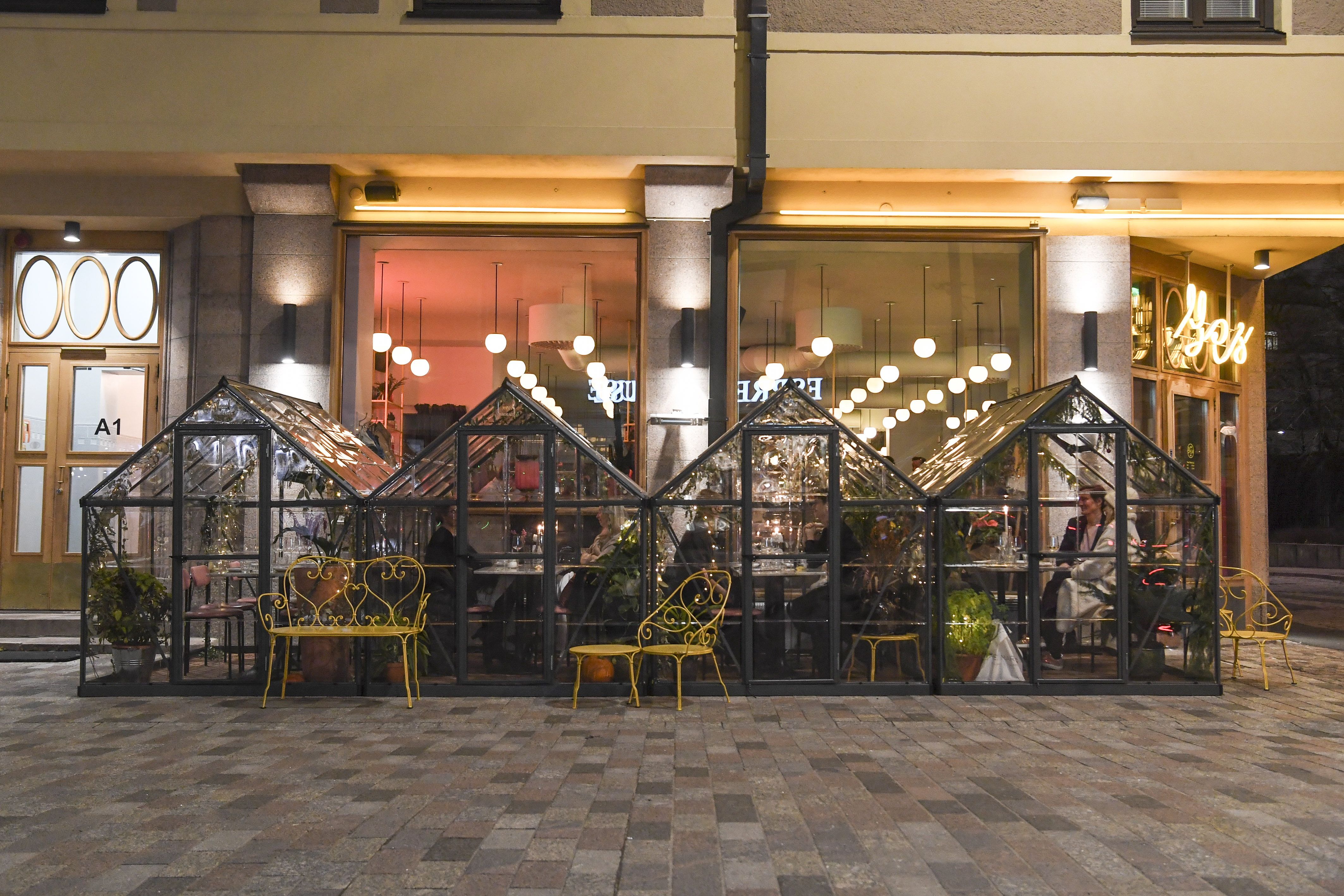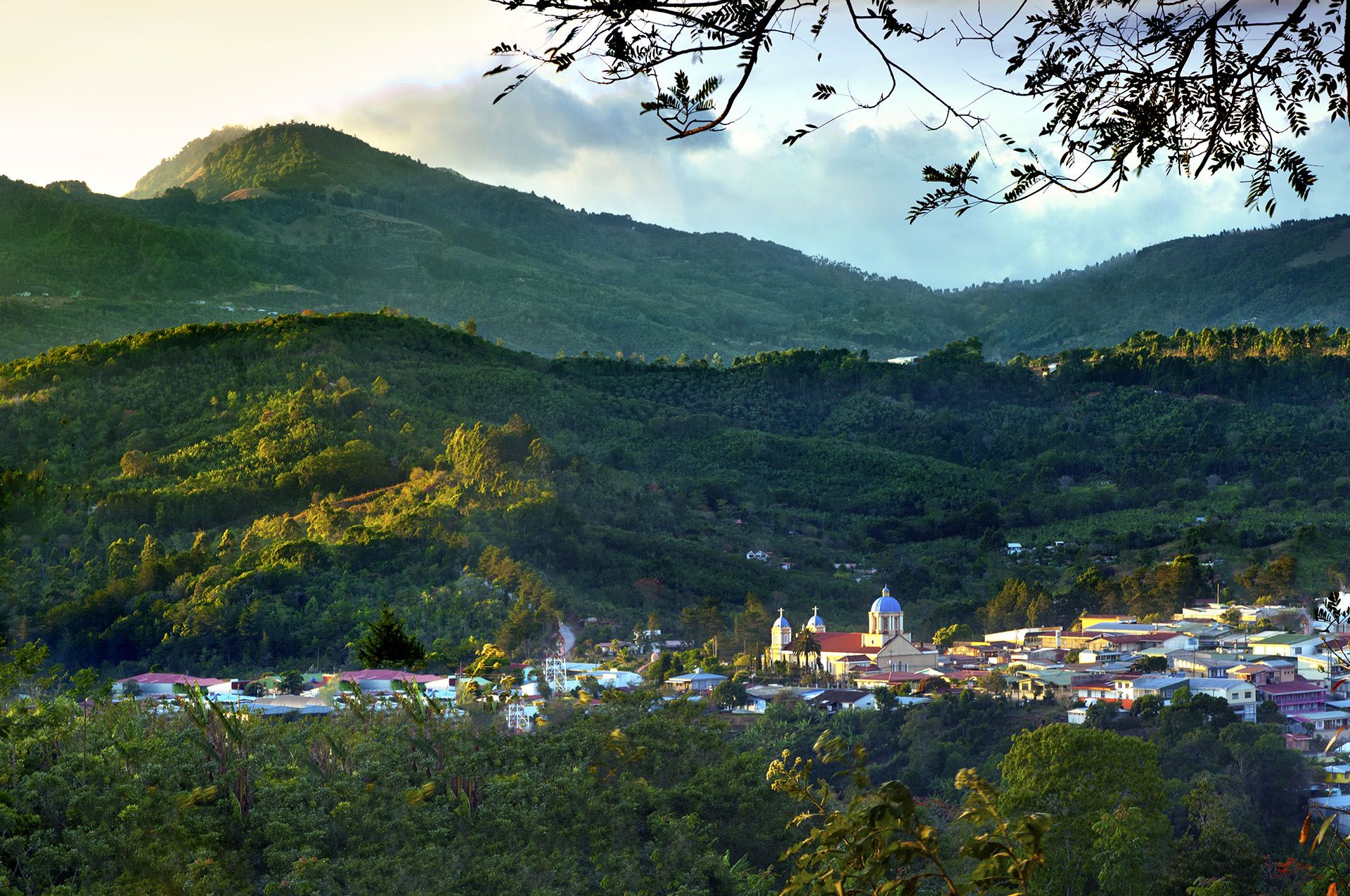
For the fifth consecutive year, Finland was chosen as “the happiest country in the world” by the ranking “World Happiness Report”. On the other hand, Argentina fell 10 places in relation to the measurement made just a year ago. This ranking is largely based on the life assessments of the Gallup World Survey.
With a score of 7.82 out of 10, Finland again led the list of the publication of the United Nations Sustainable Development Solutions Network. It was followed by Denmark, Iceland, Switzerland and the Netherlands. “The three most important developments were those of Serbia, Bulgaria and Romania. The strongest setbacks were in Lebanon, Venezuela and Afghanistan,” according to the UN-funded study conducted ten years ago.
The evaluation is based on surveys in which people are asked about their feelings of happiness. They then cross this information with data on GDP, levels of individual freedom or corruption, among others. In this 2022 edition, Argentina ranked 57 with a score of 5.97. The country continues its downward trend, as in 2020 it ranked in 47th place and in the 2017-2019 average the 45th place. Other countries with a similar score were: Japan (54th), Honduras (55th), Portugal (56th), Greece (58th), South Korea (59th) and the Philippines (60th).
Latin American countries include Costa Rica (23rd), Uruguay (30th), Brazil (38th), Chile (44th), Mexico (46th) and Argentina (57th). The worst placed is Venezuela, ranked 108th, below Iraq. Meanwhile, the group of nations classified as less happy includes African nations Lesotho, Botswana, Rwanda, Zimbabwe. While in the Middle East are Lebanon and Afghanistan closes, with 146th place (last).

Although the devastating loss of life and increasing uncertainty make the world very nervous, there is still good news for humanity: benevolence is increasing globally. That is one of the key findings of the report. “The big surprise was that globally, in an uncoordinated manner, there have been very large increases in the three forms of benevolence asked about in the Gallup Global Survey,” John Helliwell, one of the report's co-authors, told CNN Travel.
Donation to charity, helping a stranger and volunteering are on the rise, “especially aid to strangers in 2021, relative to pre-pandemic or 2020, in a very large amount in all regions of the world,” remarked Helliwell, who is professor emeritus at Vancouver School of Economics, Columbia University British.
In the same vein, Jeffrey Sachs, another of its co-authors, reported to the AFP agency: “The lesson drawn from the report, in these ten years, is that generosity among people and the honesty of governments are crucial for well-being. World leaders should take that into account.”

Argentines, among the most pessimistic in the region for 2022
Although it is of course impossible to do futurism, according to the 45th Annual End of Year Survey by Gallup International (GIA) and Voices! , there is overwhelming pessimism among Argentines in the face of the prospects for the year ahead. The international consultancy released the results of its traditional end-of-year survey, which indicate that by 2022 there is a lower rate of optimism and hope in the world than in 2021, due to the persistence of economic problems and the fears associated with the pandemic.
“In Argentina, favourable expectations also fell compared to the previous year and the drop is more pronounced than at the global level,” said Voices! , the consultant responsible for carrying out this research in our country. Overall, the survey showed that 38% of the population think that next year will be better than the one that ends, while 28% expect it to be worse and 27% expect it to be the same or similar to 2021. This means that between the end of 2020 and the end of 2021 there was an accelerated growth in the number of people in the world who are pessimistic about what will happen in their economy, a slight growth in those who believe will remain the same, and a considerable decline in those who are optimistic for the immediate future.
“The photo looks similar to the one at the end of 2020,” Gallup explained about the survey that has been carried out since 1979. 2008 still remains the year of the new century with the greatest pessimism in the world. However, the survey at the end of 2021 showed some differences by region and by country. People with the highest positivity rate for the new year are in Indonesia (76% expect a better year than today), Albania (70%), Nigeria (68%), Azerbaijan (62%) and Vietnam (59%). As a counterpart, the lowest rate of hope for 2022 is in Afghanistan and Turkey (56% in each), Bulgaria (48%), Poland (47%), Czech Republic (45%) and Pakistan (41%).

Optimism in Latin America
The highest positivity rates for 2022 are, paradoxically, in regions hit hard by the pandemic: Africa, Latin America and East Asia. According to the population surveyed by Gallup in Latin America, 47% are positive about what will happen next year and expect it to be better than the current one. 25% expect things to stay more or less the same as in 2021 and 19% anticipate that they will get worse. 8% did not want to answer the question.
In Mexico, it was particularly highlighted that the hope index measured by Gallup (Hope Index) rose from 21 points in 2020 to 47 in this edition. The indicator is obtained by subtracting the percentage of pessimists from that of optimists. Argentina in particular has a Hope Index of 8 points and was in the middle of the table (in step 24 out of 44 countries analyzed in total). 38% of those consulted in the country are optimistic for 2022, 30% are pessimistic and 19% neutral. There were 12% who did not want to respond to the query.
In this regard, Argentina's hope index fell below those of its neighbors in the region: Colombia's is 29, Ecuador's 33, and Peru's 30. They are the only South American countries surveyed in the survey. On the other hand, Voices noted that in Argentina “there is a drop in positive expectations: 47% at the end of 2020, 38% in the last measurement.”
“When analyzing the perspectives according to the different sociodemographic segments of our country, it is detected that optimism decreases as the age of the interviewees increases, in the opposite poles it is detected that 47% of the youngest are waiting for a better year, with a figure that falls to 28% among those over 65 years of age. It is also interesting to note that optimism increases in the low socioeconomic stratum, where it reaches 41% (against 37% in the high socioeconomic level and 36% in the middle),” they said from the aforementioned consultant.
KEEP READING:
Últimas Noticias
Debanhi Escobar: they secured the motel where she was found lifeless in a cistern
Members of the Specialized Prosecutor's Office in Nuevo León secured the Nueva Castilla Motel as part of the investigations into the case

The oldest person in the world died at the age of 119
Kane Tanaka lived in Japan. She was born six months earlier than George Orwell, the same year that the Wright brothers first flew, and Marie Curie became the first woman to win a Nobel Prize

Macabre find in CDMX: they left a body bagged and tied in a taxi
The body was left in the back seats of the car. It was covered with black bags and tied with industrial tape
The eagles of America will face Manchester City in a duel of legends. Here are the details
The top Mexican football champion will play a match with Pep Guardiola's squad in the Lone Star Cup

Why is it good to bring dogs out to know the world when they are puppies
A so-called protection against the spread of diseases threatens the integral development of dogs




